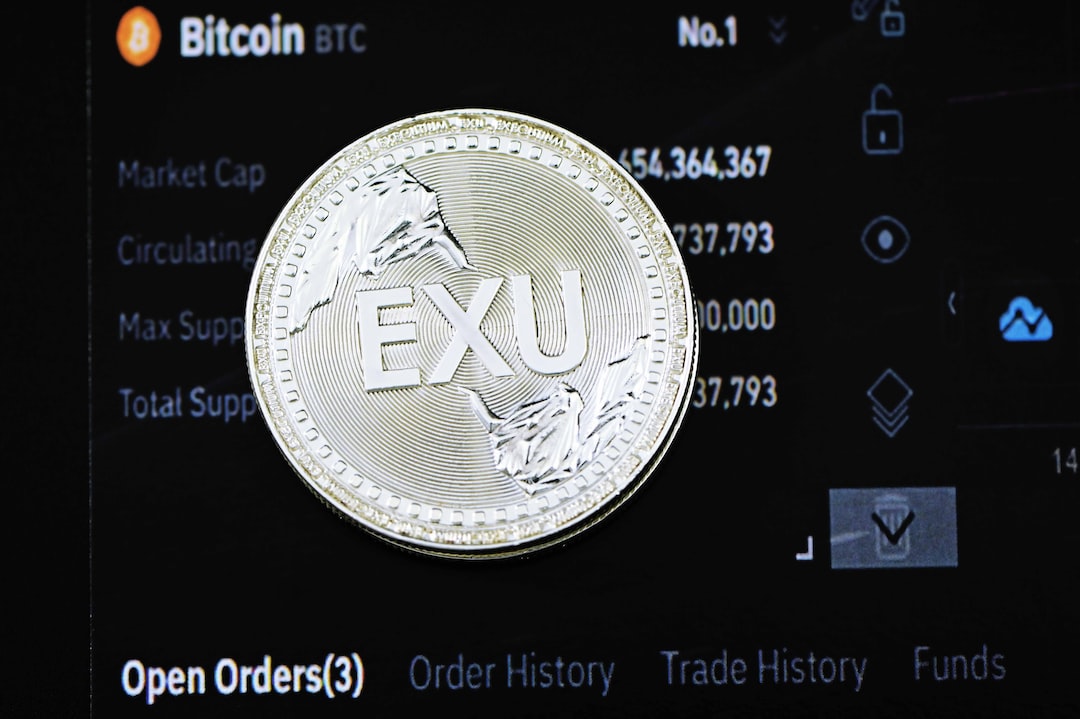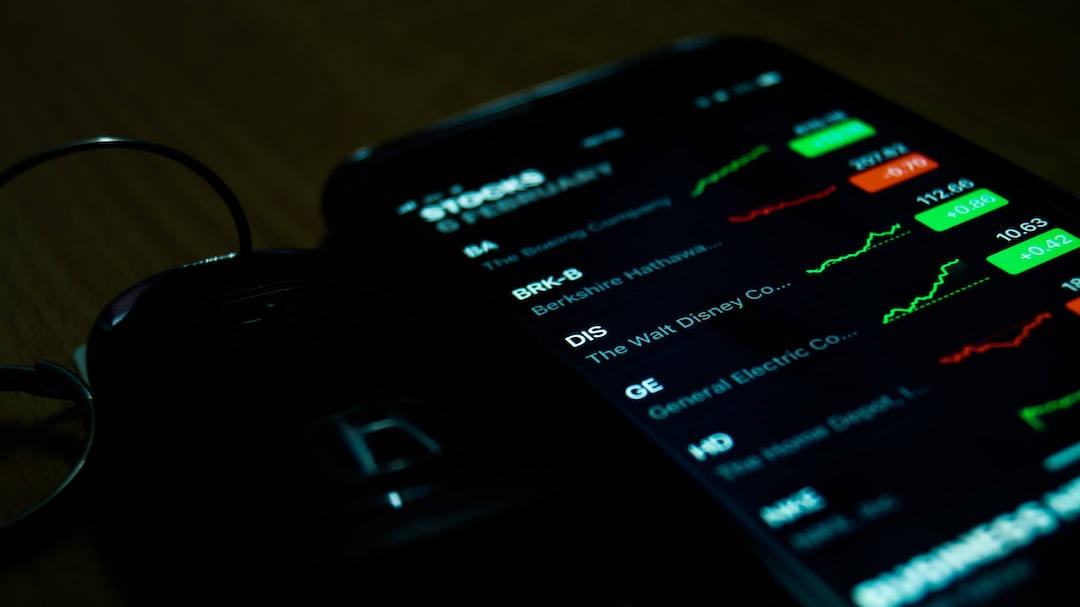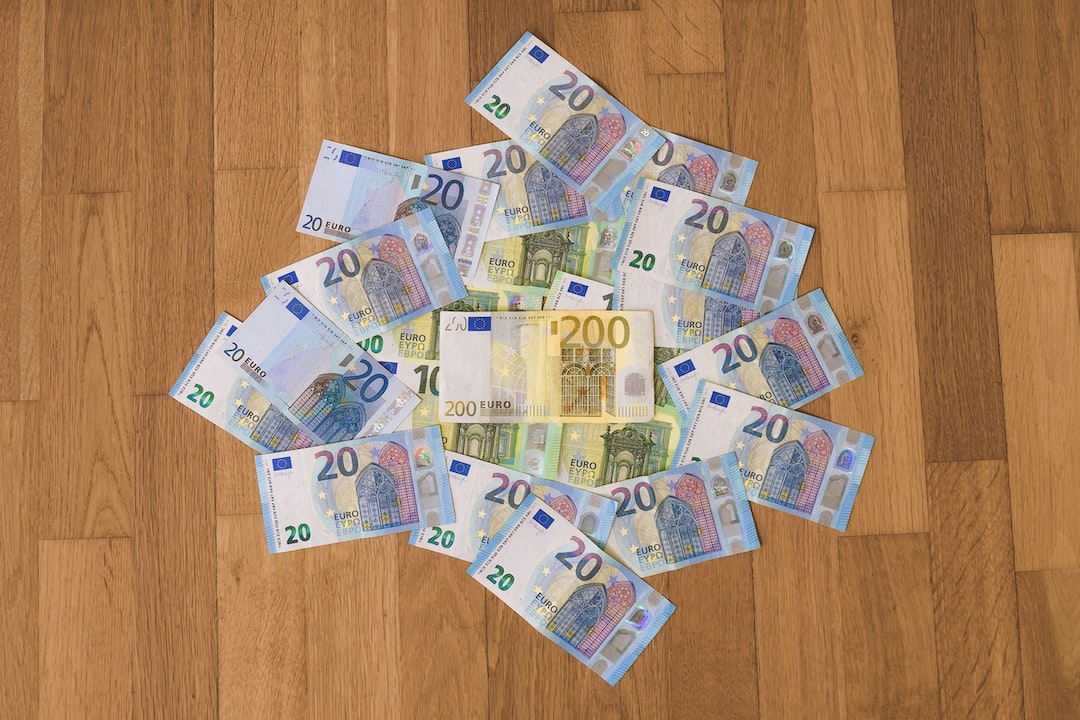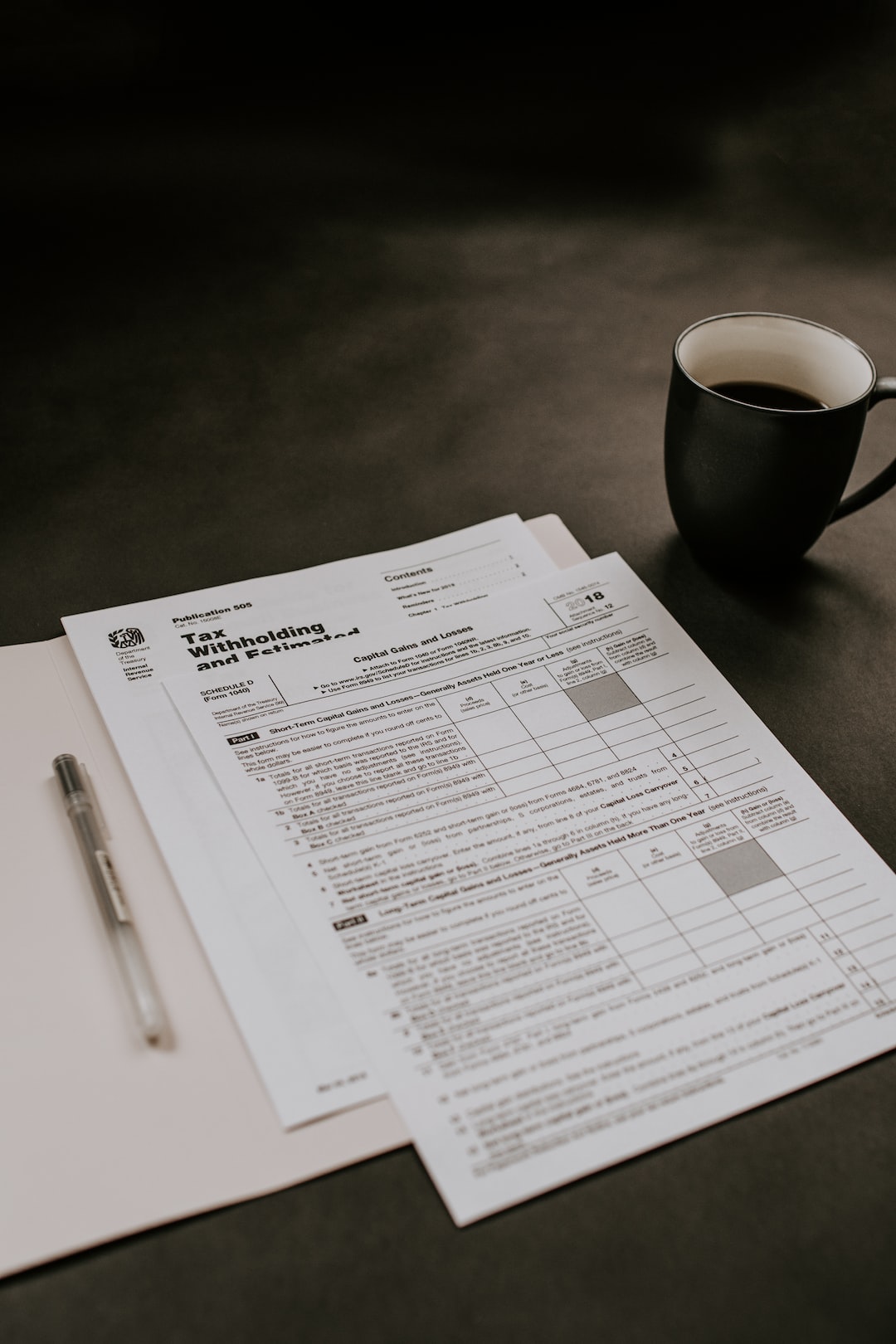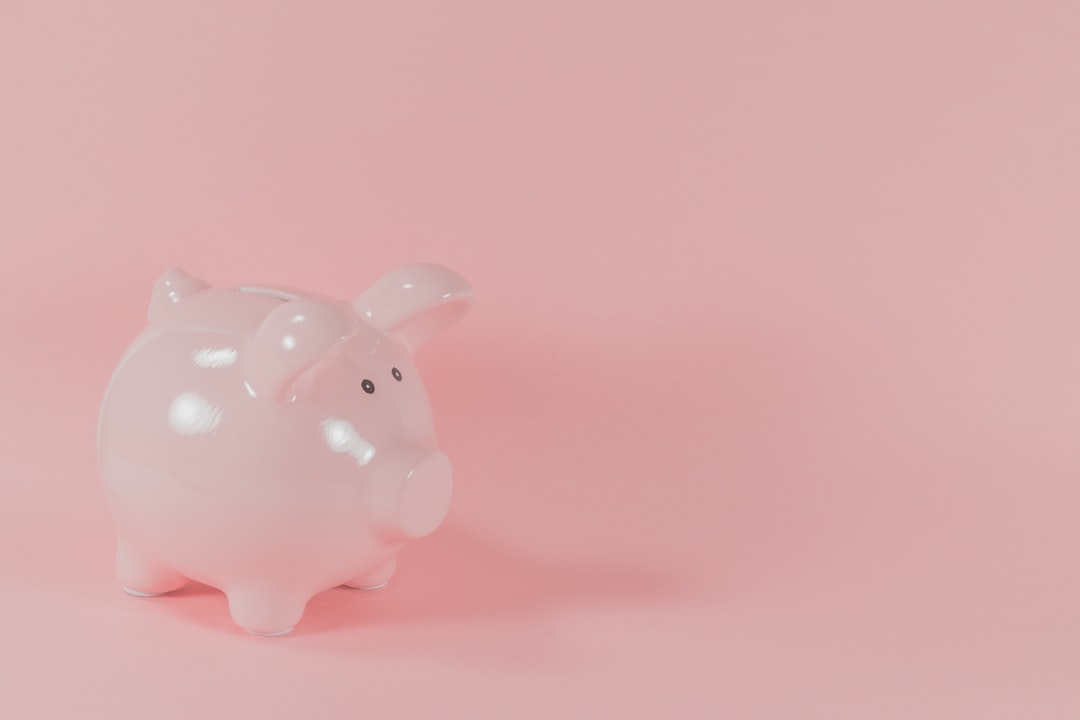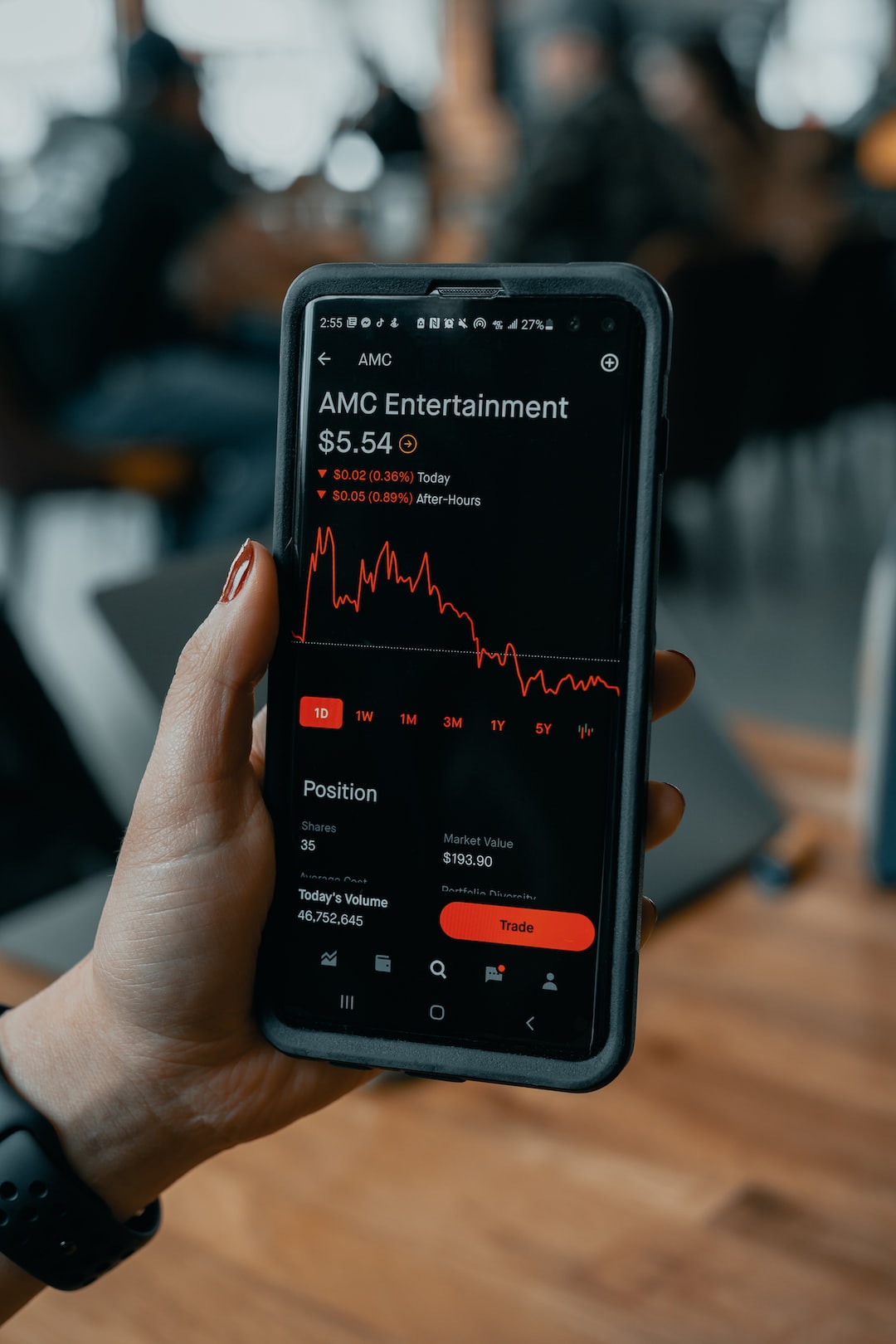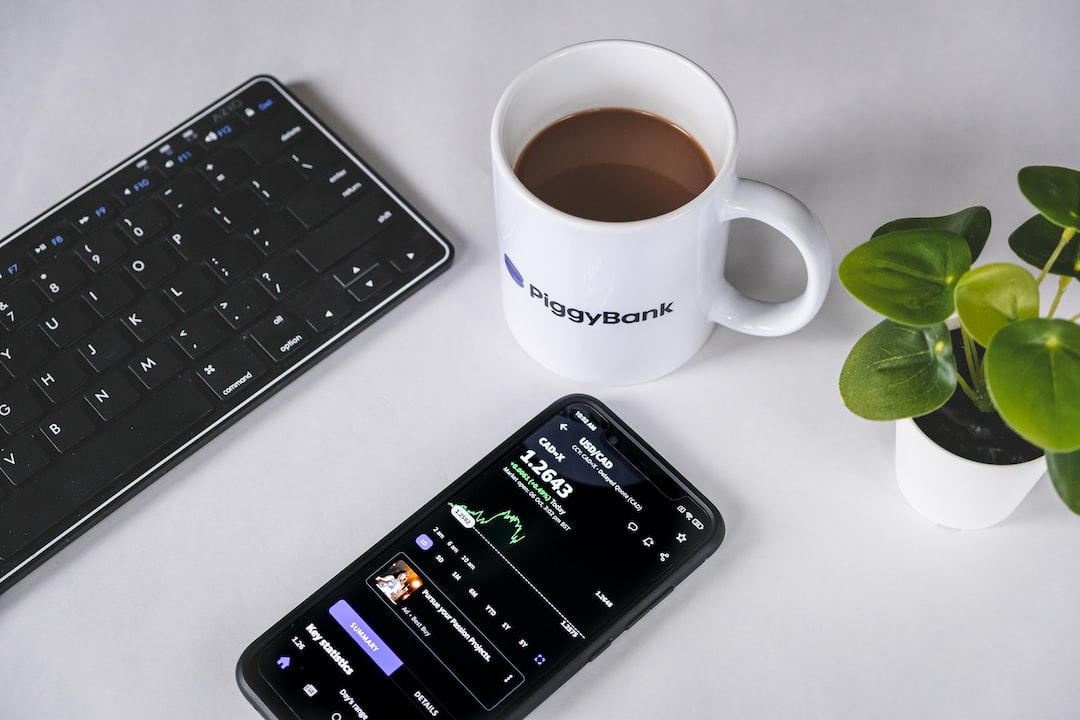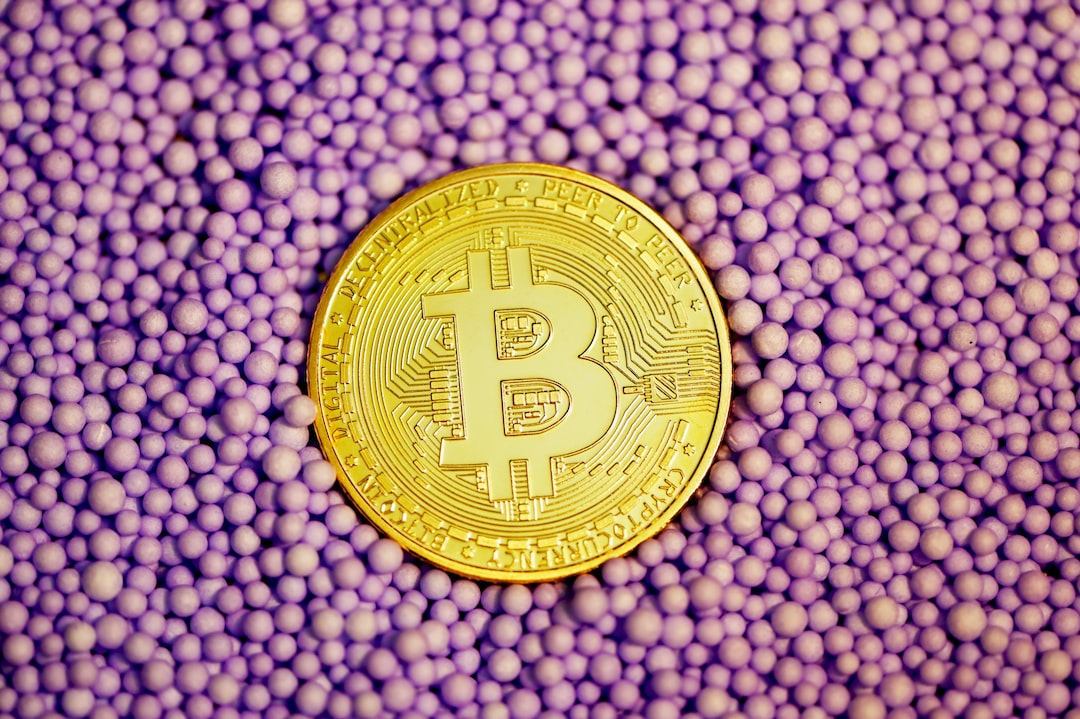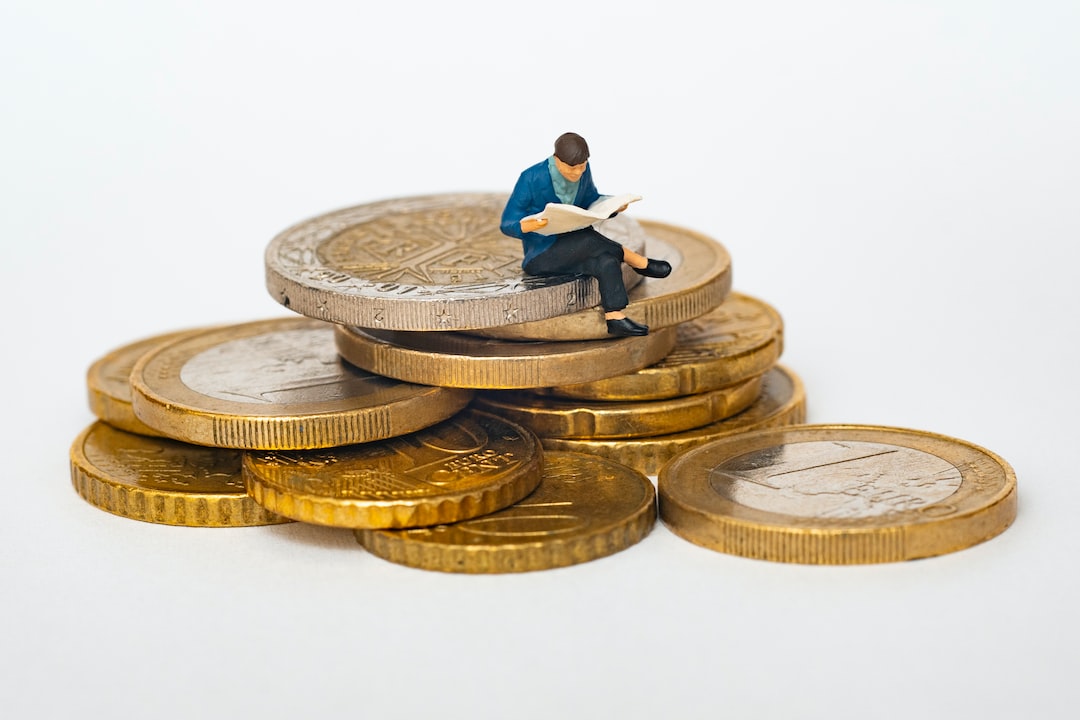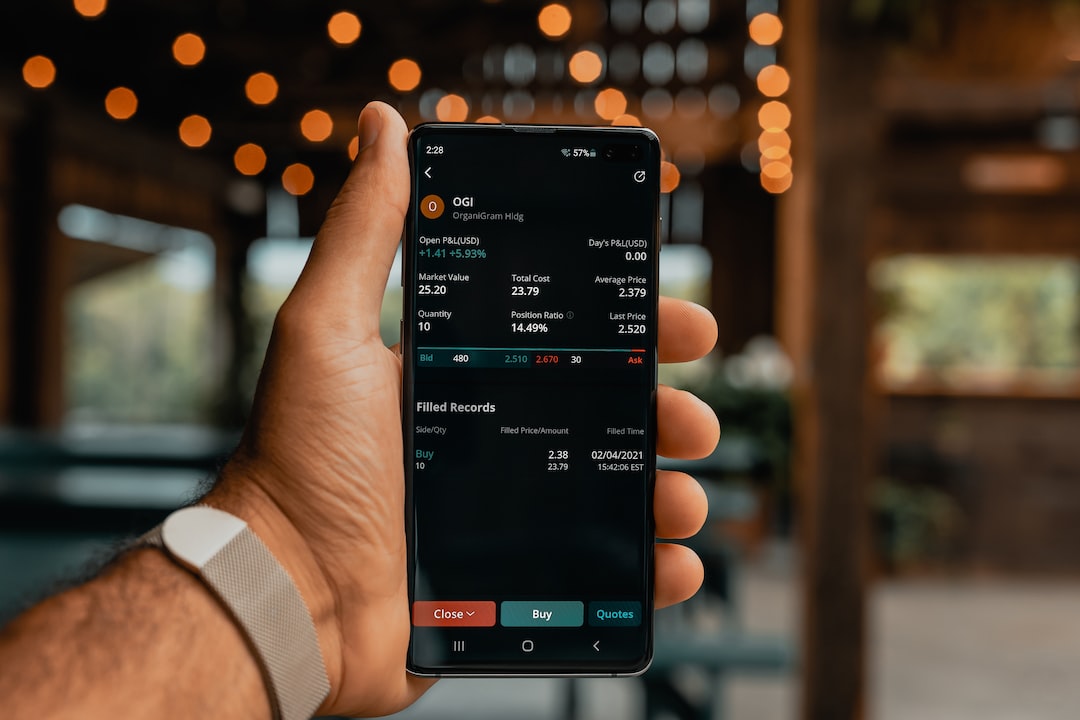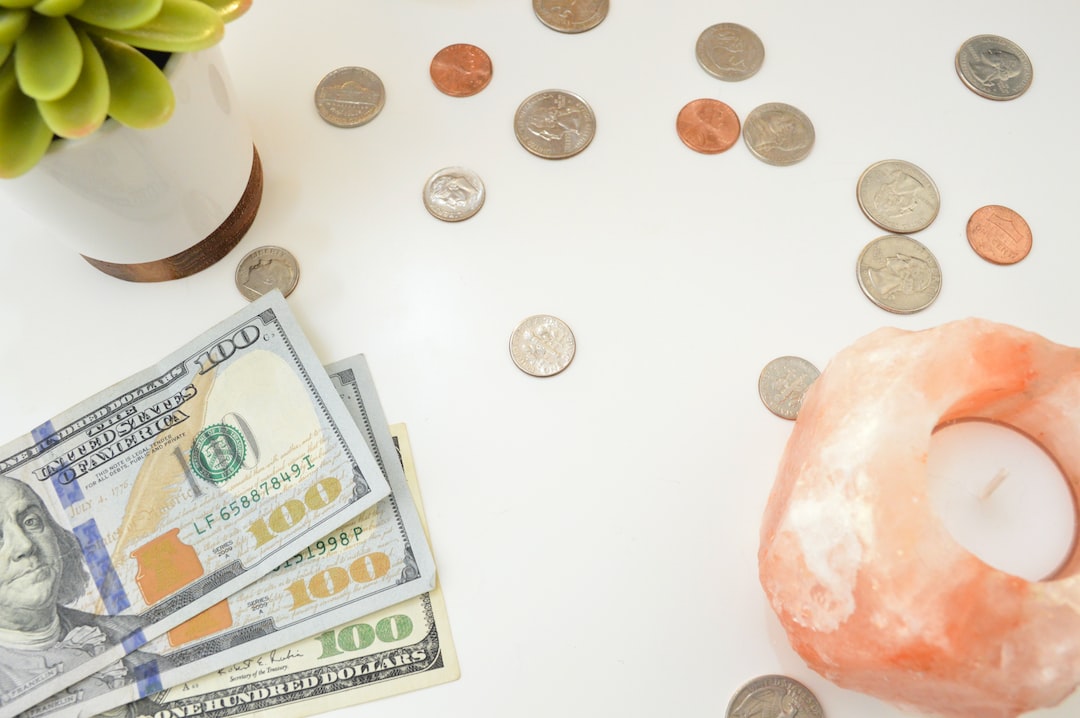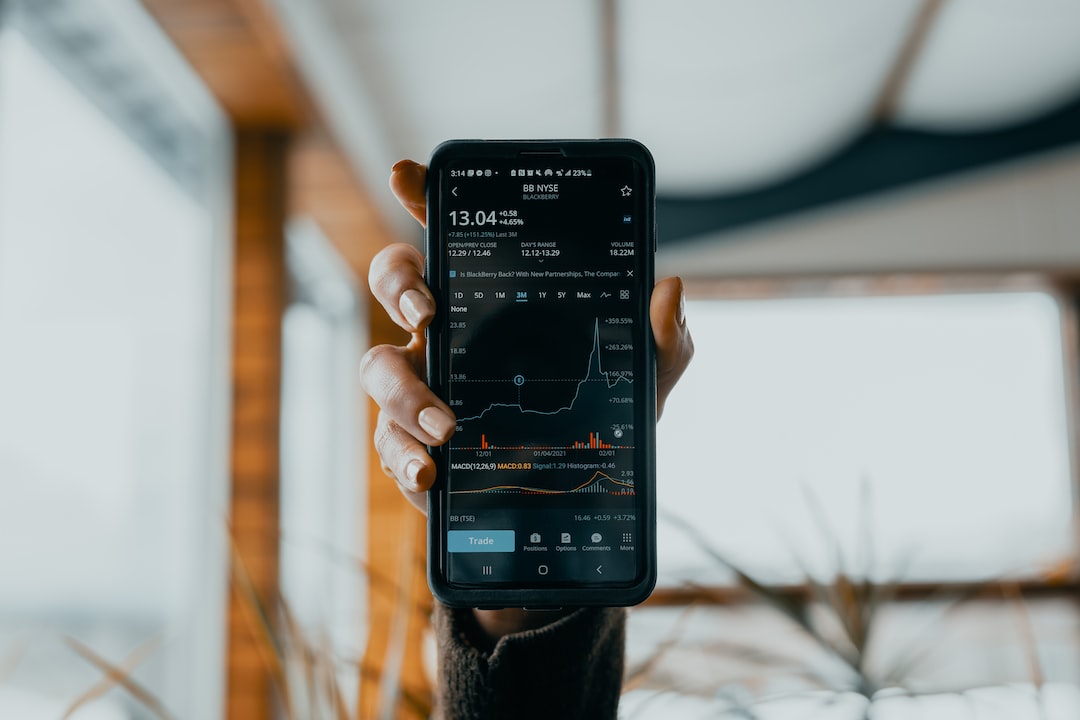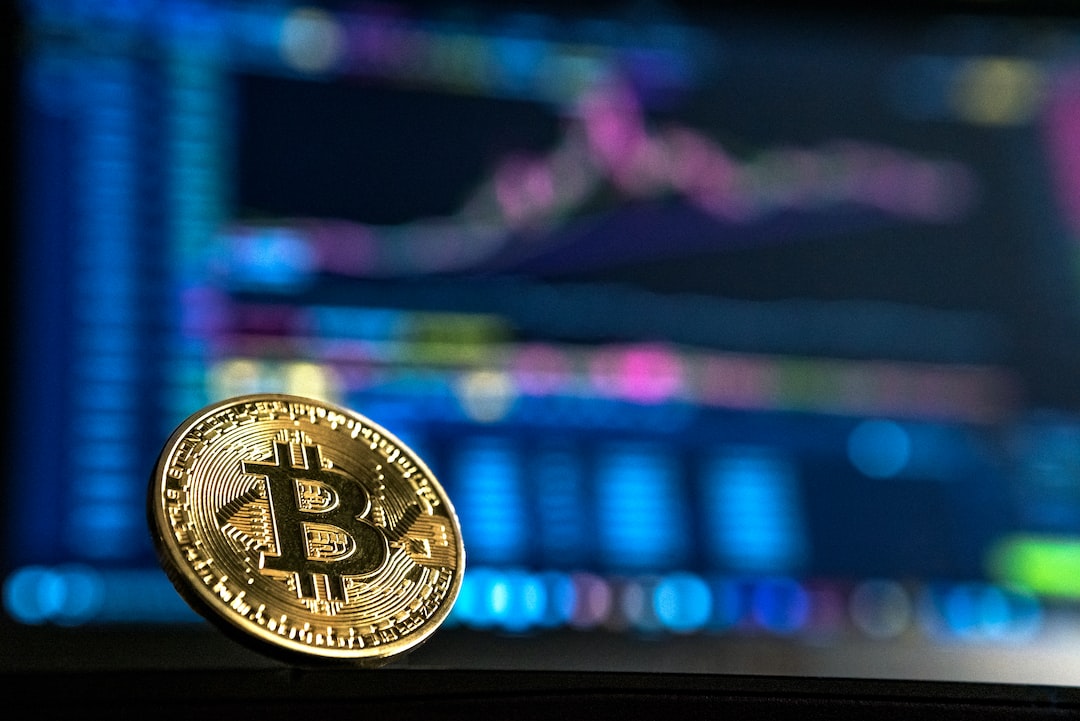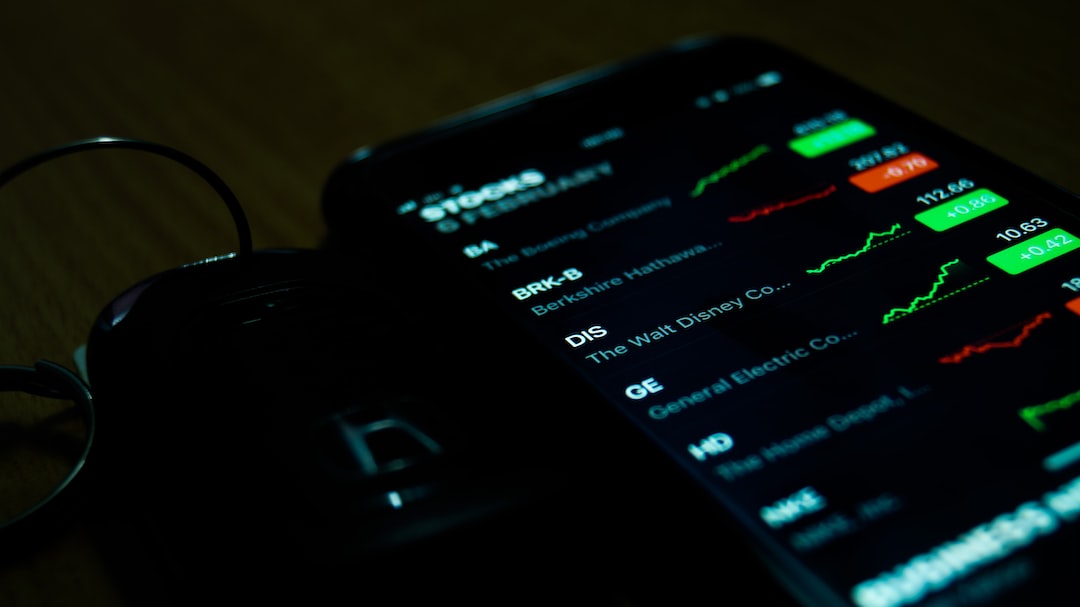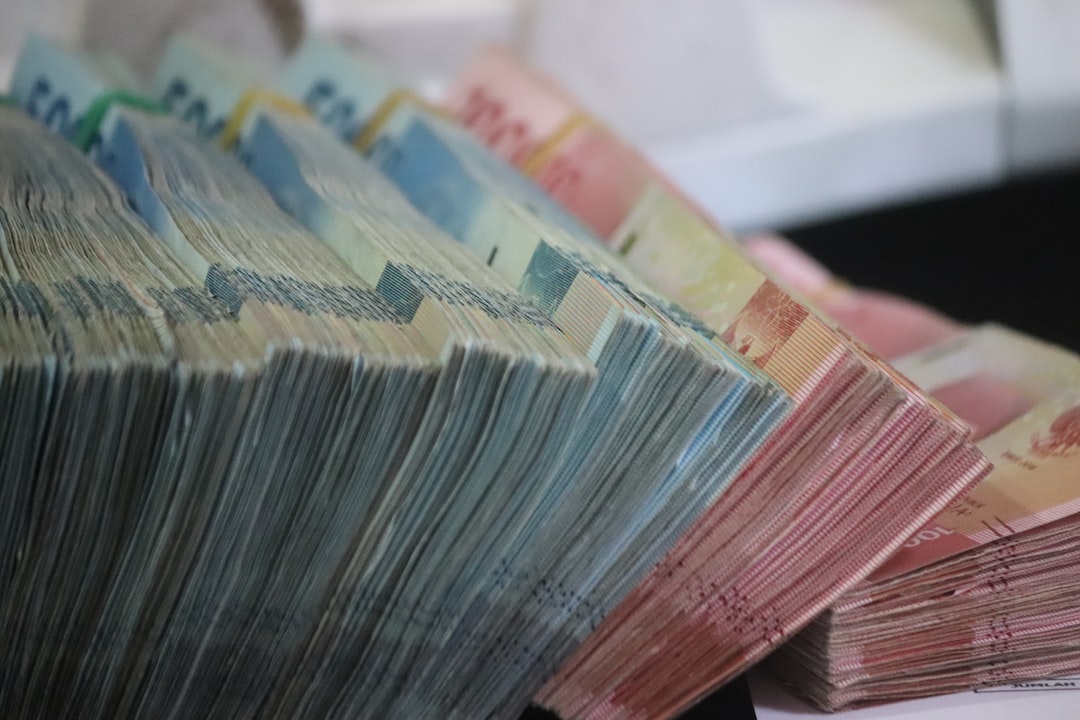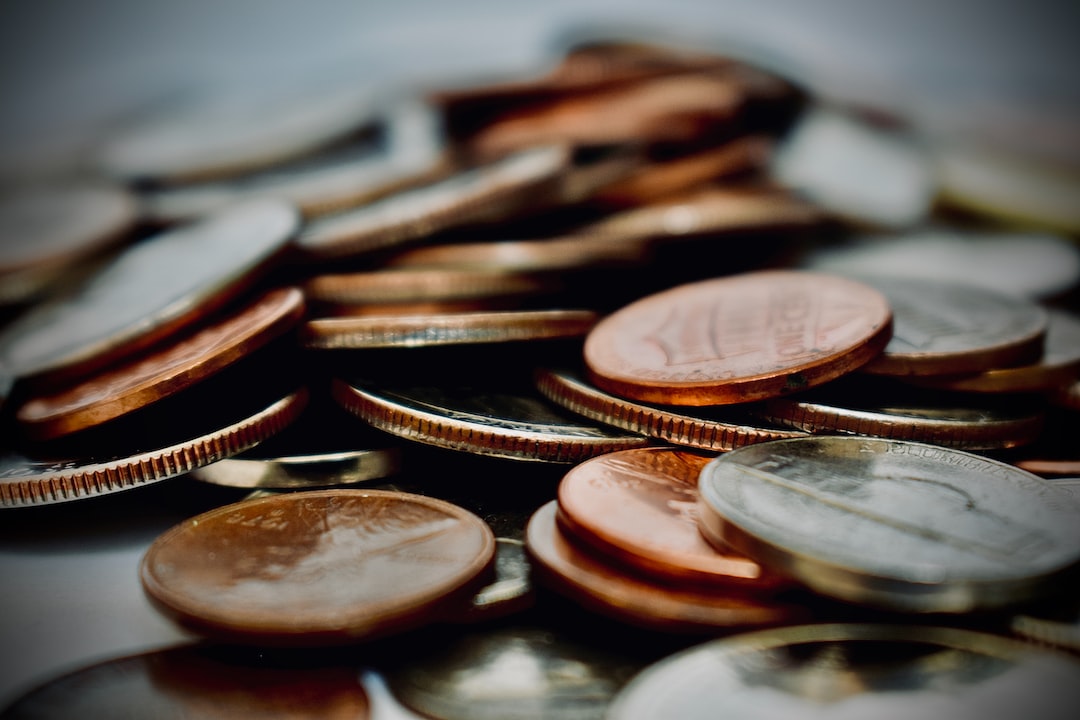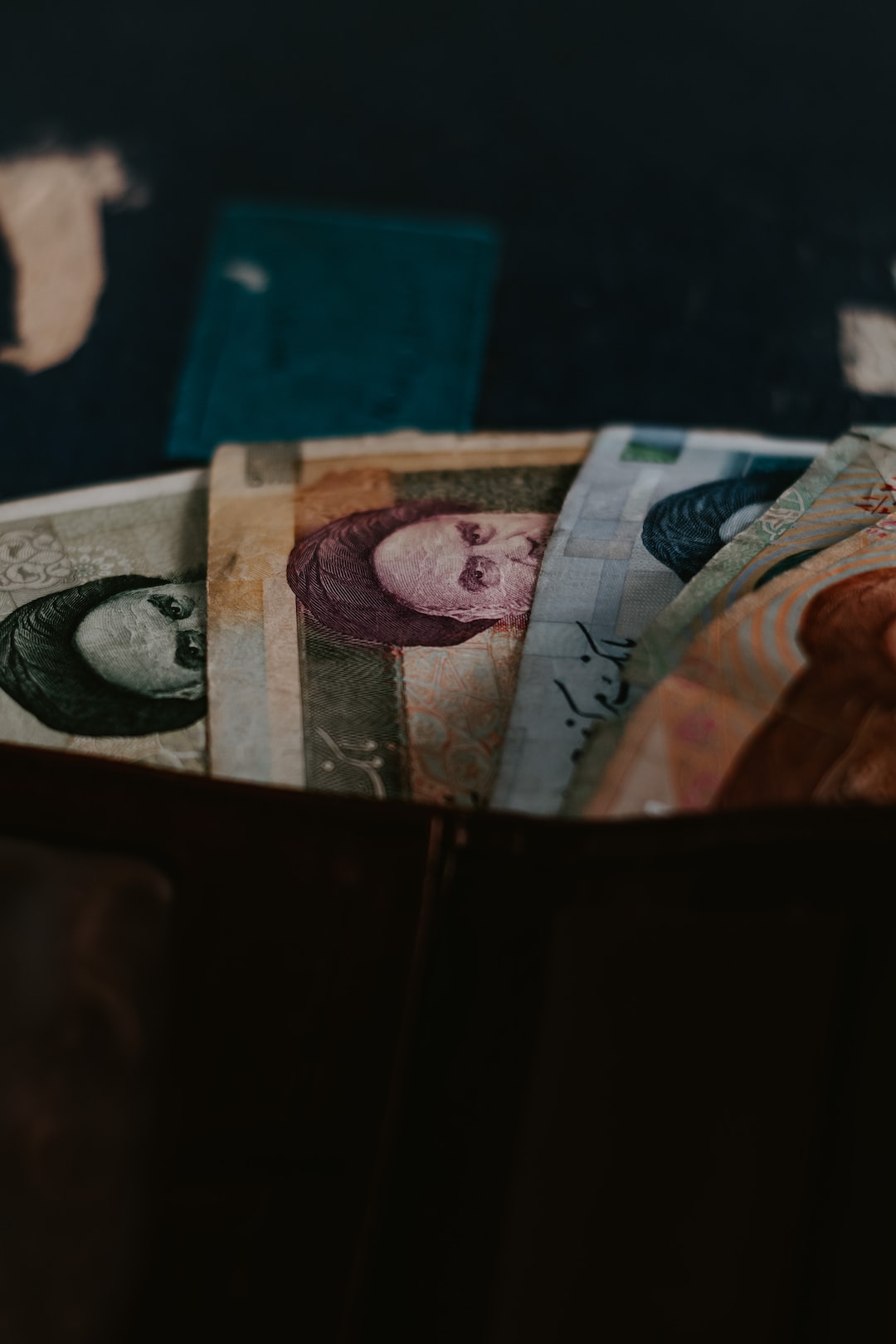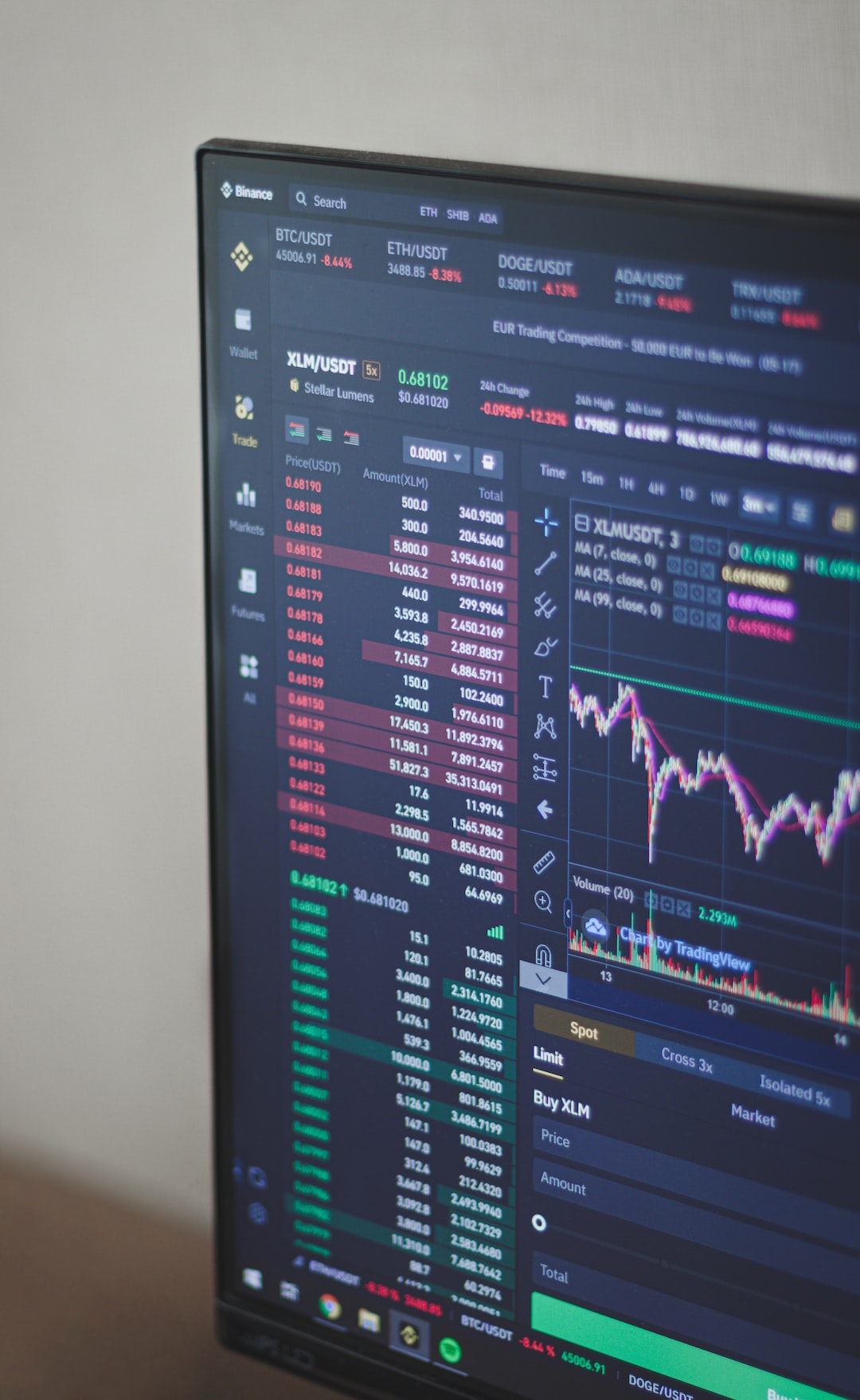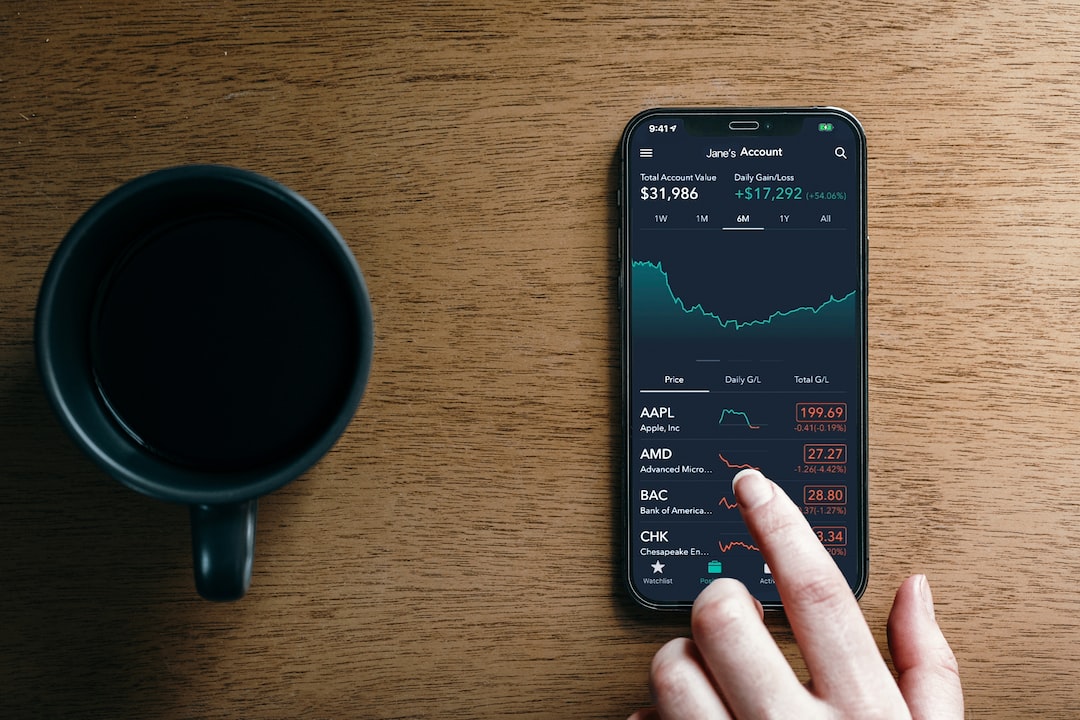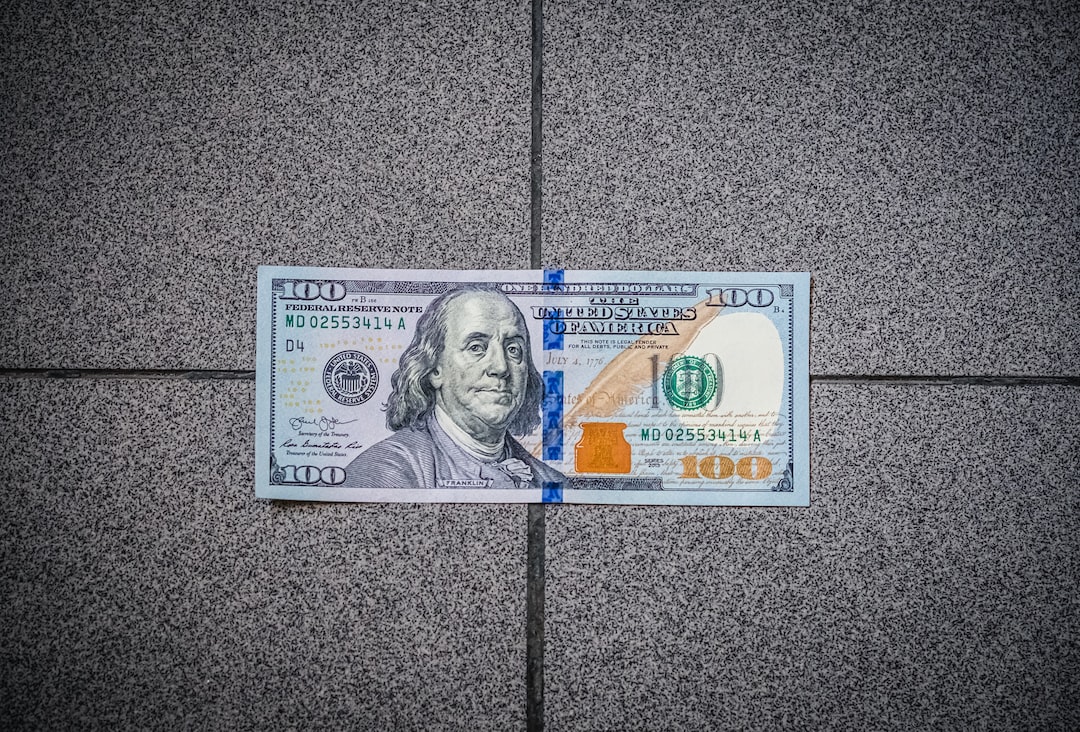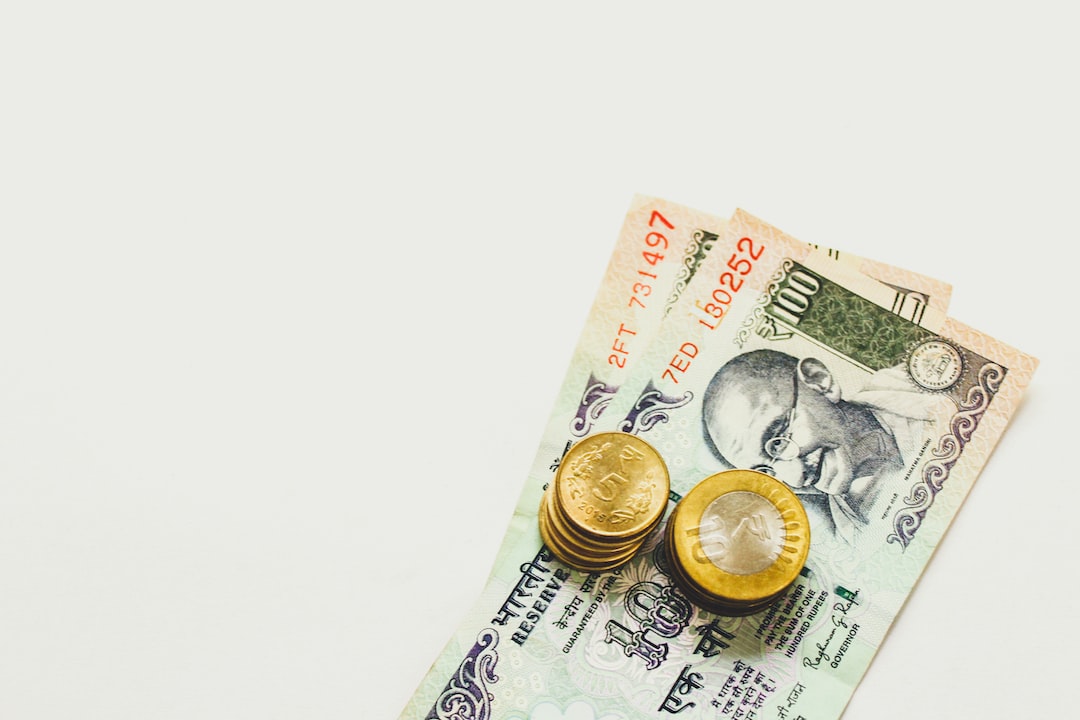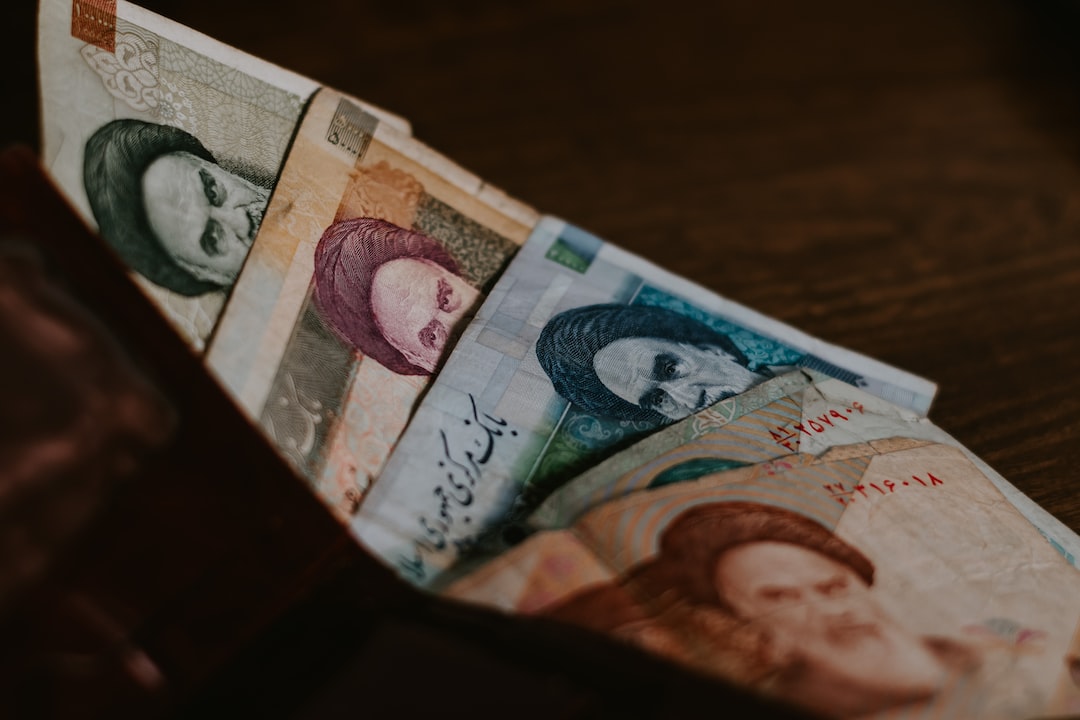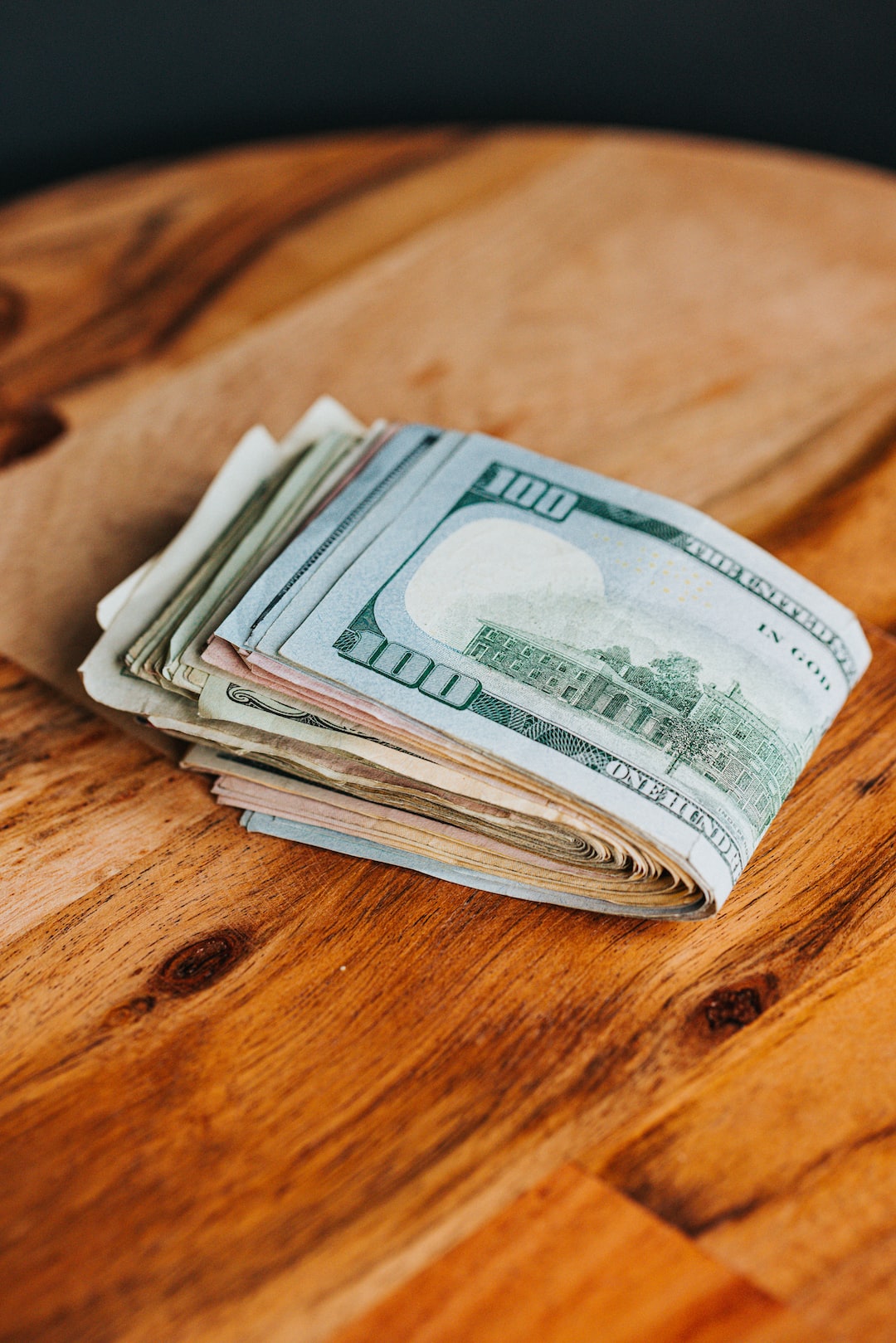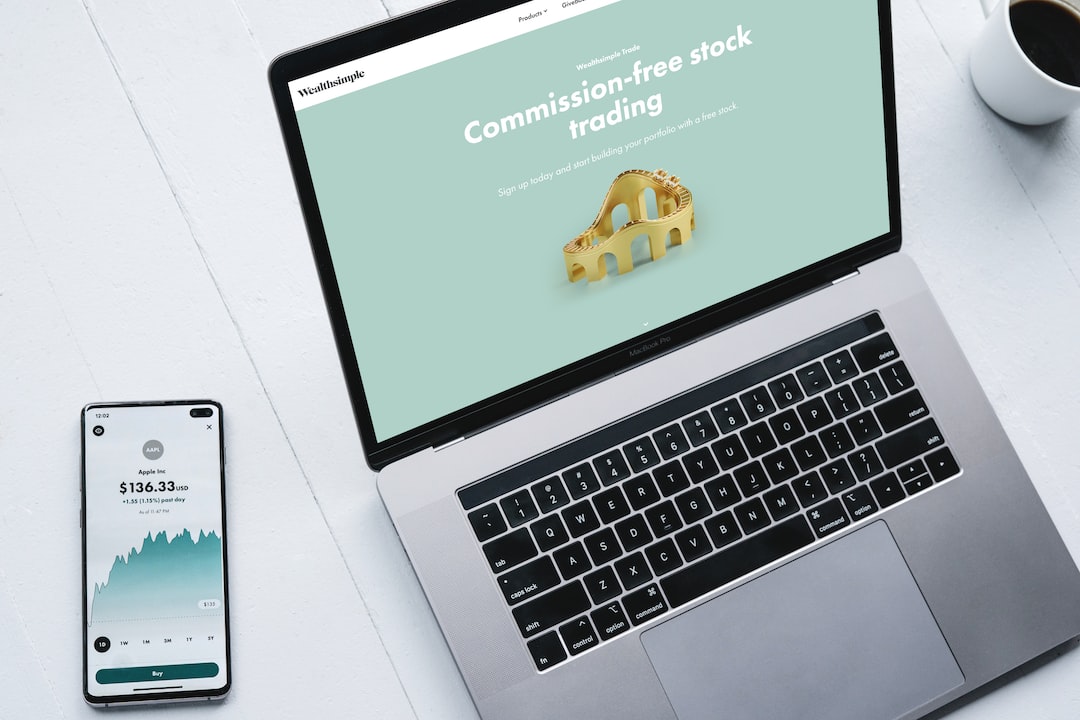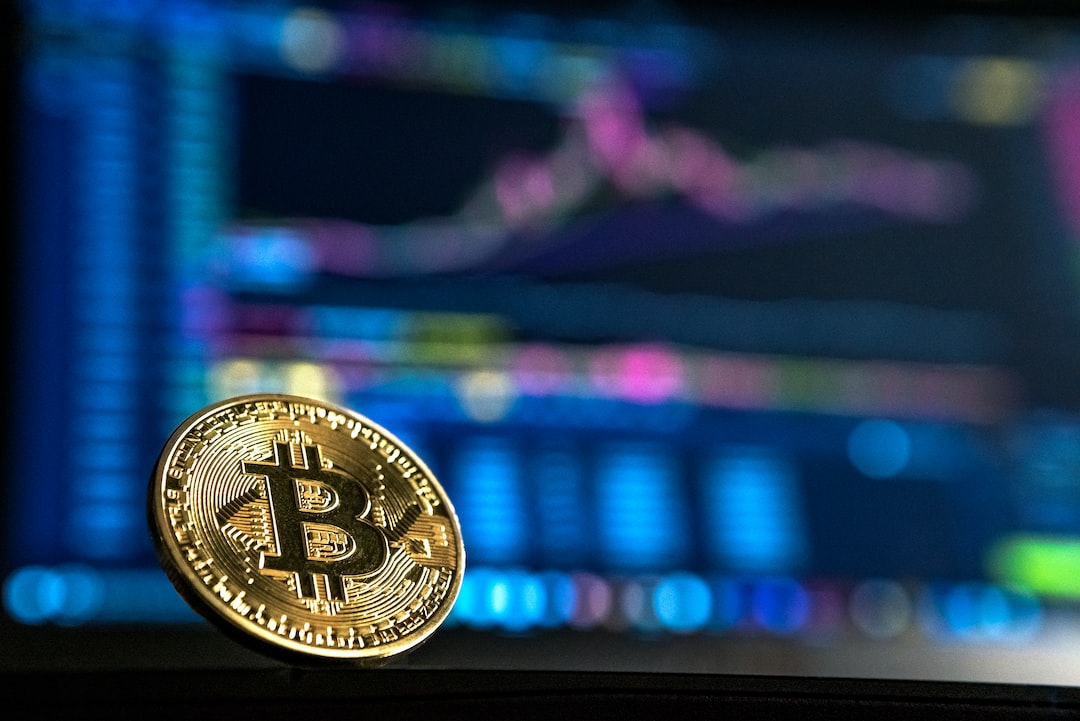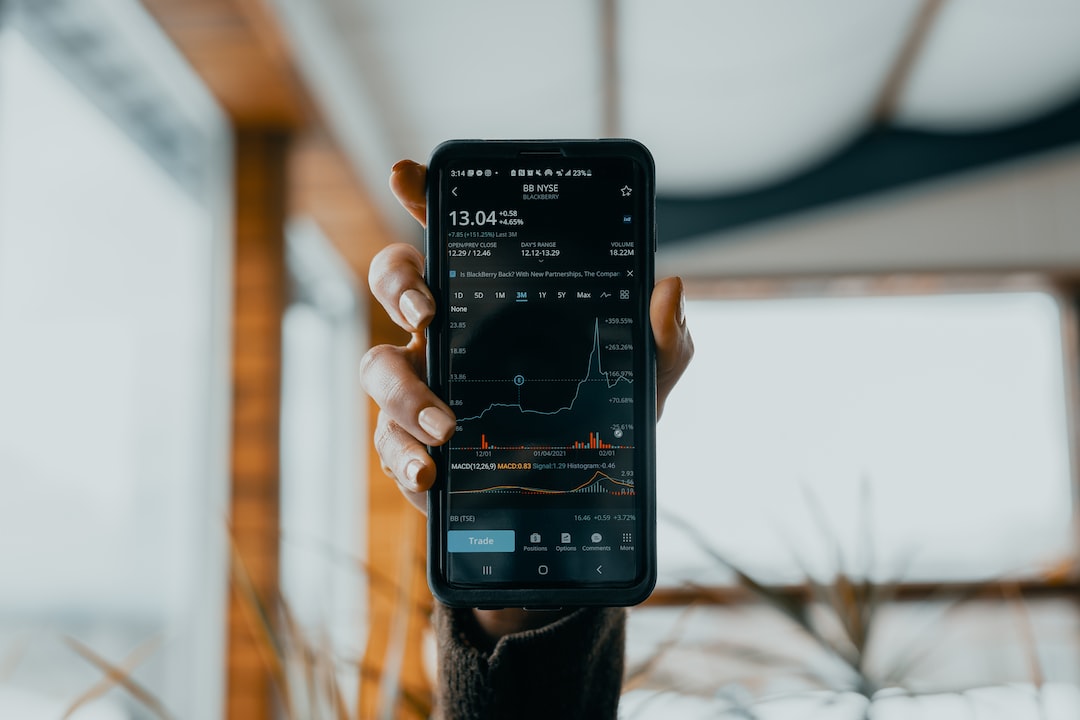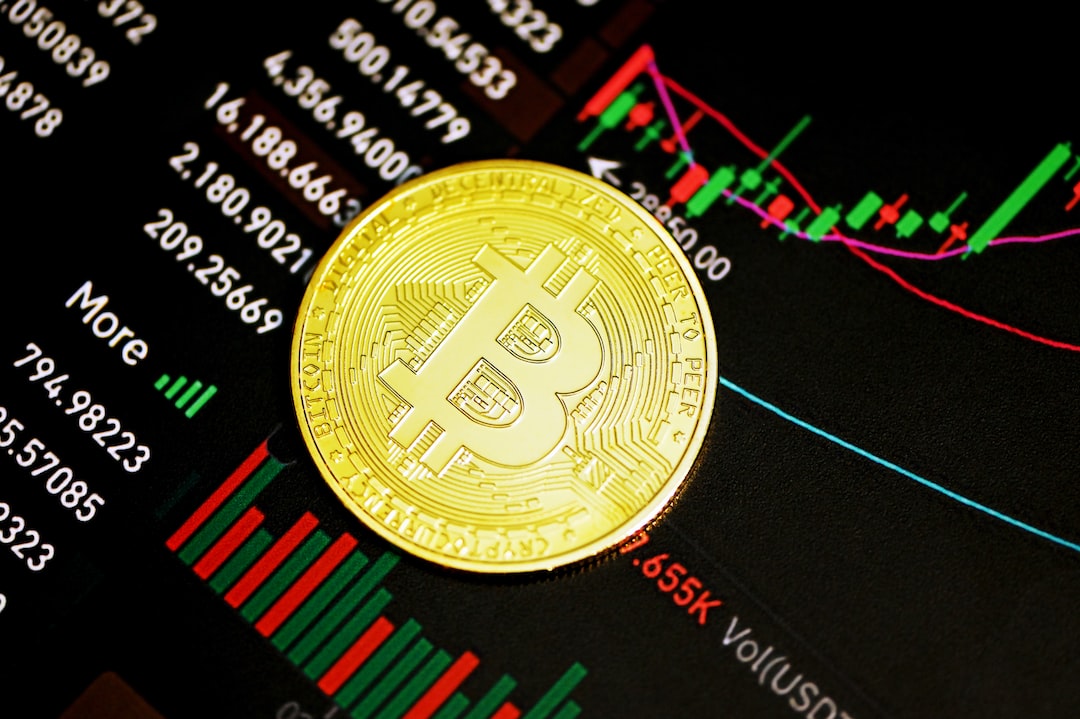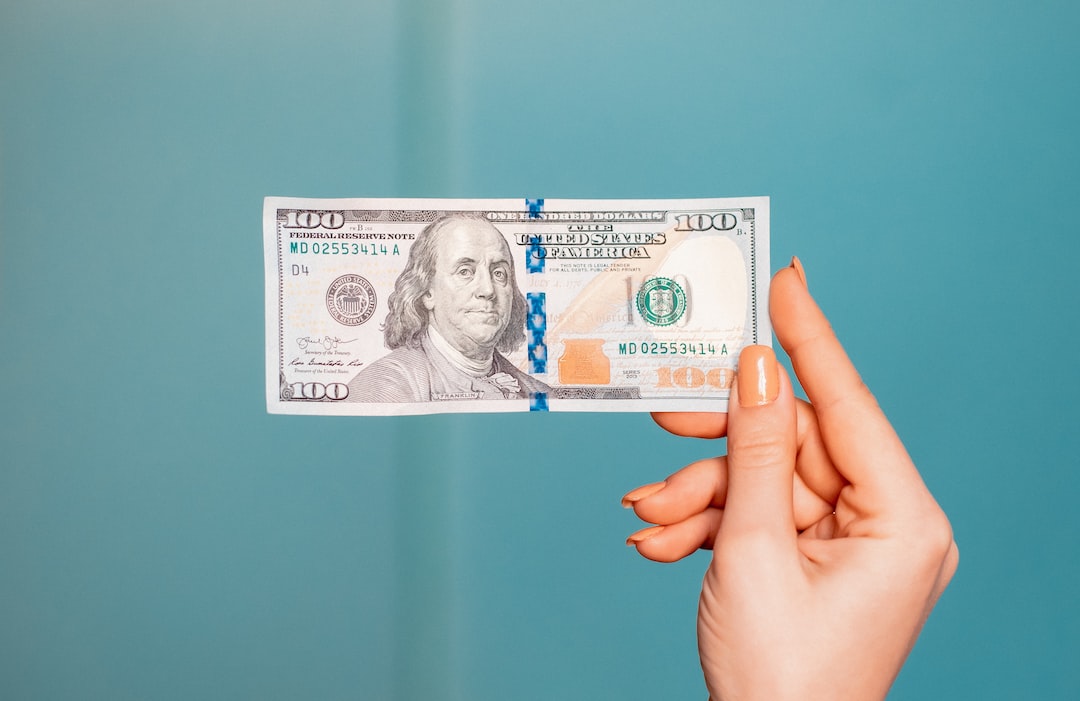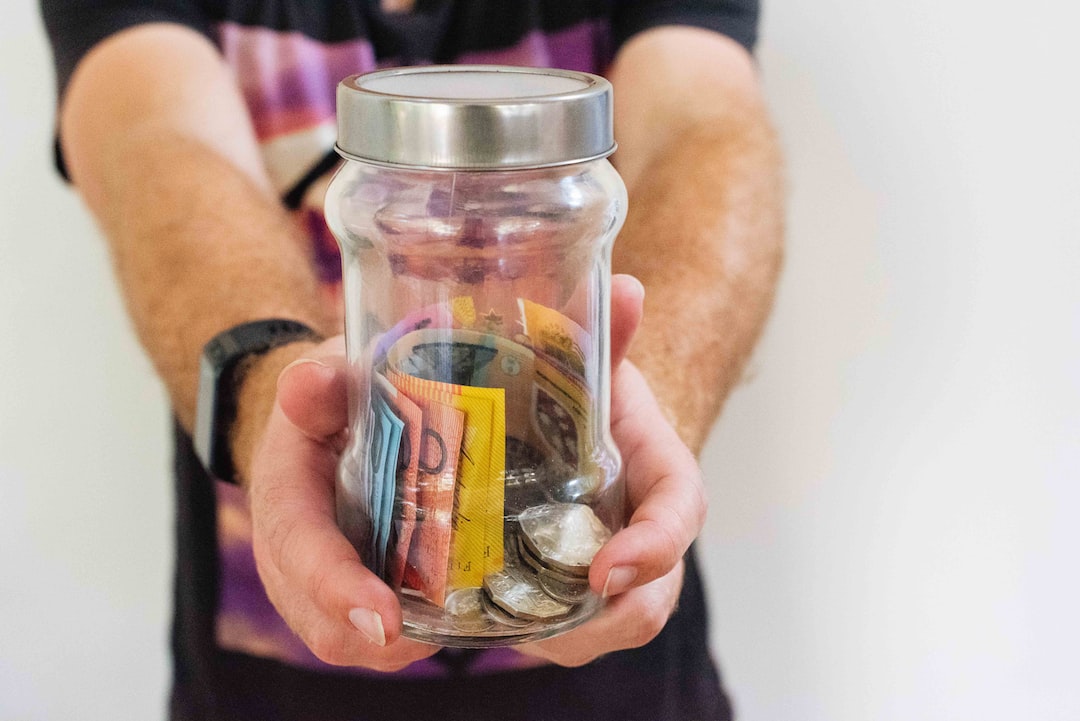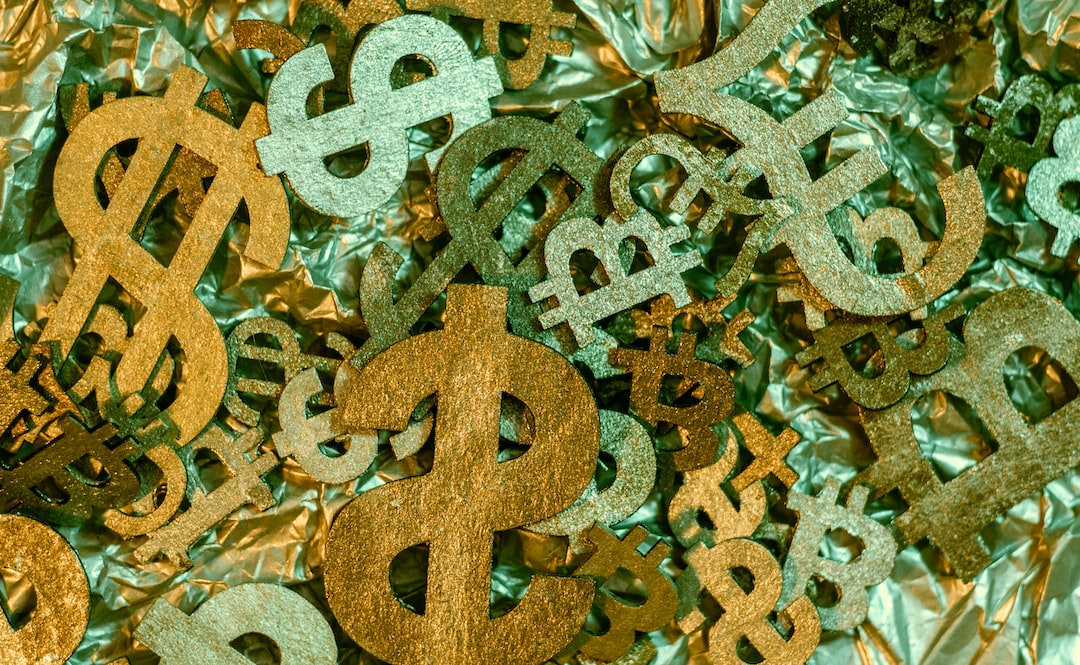The forex carry trade is a popular strategy that involves borrowing funds from a low-interest rate currency and investing in a high-interest rate currency. The goal of this strategy is to profit from the difference between the interest rates of the two currencies. Carry trades can be very profitable but also very risky, as exchange rates can fluctuate quickly and unexpectedly. In this article, we will explore the current forex carry trades and examine their potential risks and benefits.
One of the most popular carry trades currently is the USD/JPY pair. The Japanese yen has a very low interest rate, while the US dollar has a higher interest rate. Traders borrow yen at a low interest rate and invest in dollars at a higher interest rate, making a profit from the interest rate differential. This trade has been profitable for many years, as the US Federal Reserve has maintained a relatively high interest rate compared to other central banks.
Another popular carry trade is the AUD/USD pair. The Australian dollar has a higher interest rate than the US dollar, and traders can borrow US dollars at a low rate and invest in Australian dollars at a higher rate. This trade has been profitable for many years, but it can be risky due to the volatility of the Australian economy, which is heavily dependent on commodity prices.
The EUR/TRY pair is another carry trade that has gained popularity in recent years. The Turkish lira has a very high interest rate, which makes it attractive to investors. Traders can borrow euros at a low rate and invest in lira at a high rate, making a profit from the interest rate differential. However, the trade is risky due to the political instability in Turkey and the potential for the lira to depreciate rapidly.
The NZD/JPY pair is another carry trade that has gained popularity in recent years. The New Zealand dollar has a higher interest rate than the Japanese yen, and traders can borrow yen at a low rate and invest in New Zealand dollars at a higher rate. This trade has been profitable for many years, but it can be risky due to the volatility of the New Zealand economy, which is heavily dependent on agricultural prices.
The GBP/JPY pair is another carry trade that has gained popularity in recent years. The British pound has a higher interest rate than the Japanese yen, and traders can borrow yen at a low rate and invest in pounds at a higher rate. This trade has been profitable for many years, but it can be risky due to the volatility of the British economy, which is heavily dependent on Brexit negotiations.
Overall, carry trades can be very profitable but also very risky. Traders should carefully consider the potential risks and benefits before entering into a carry trade. It is important to have a solid understanding of the interest rate differentials, exchange rate fluctuations, and potential risks associated with the currencies involved. As with any investment strategy, it is important to have a diversified portfolio and to closely monitor market conditions to minimize risk.


